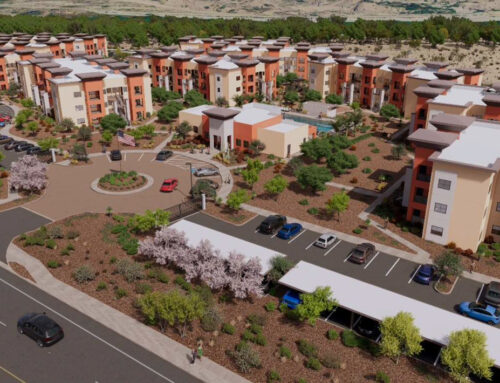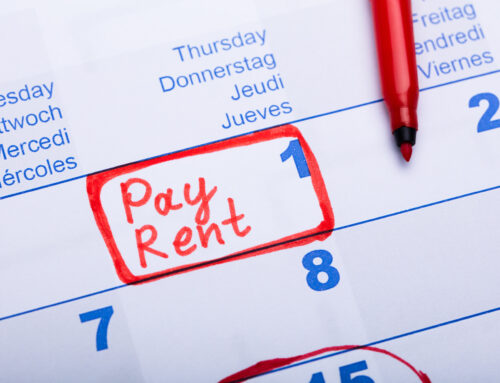If you’ve looked into making any home improvements lately, you’re already well aware of the skyrocketing costs and delays involved in buying lumber. At the outset of the pandemic, the lumber and construction industries braced themselves for a slowdown, even closing some lumber mills. But the slowdown never came and now builders and lumber companies are seeing a once in a lifetime surge in demand
The numbers reflect the trend: about 3 in 5 homeowners have made home improvements since March of last year. Home Depot saw a 20% increase in its sales in 2020. With that unprecedented demand, lumber prices skyrocketed. Previously, one thousand board feet of lumber had traded between $200 and $400. That price has now jumped to over $1,000. Whereas the wood for a new construction build a couple years ago would have averaged about $10,000, the new cost is $40,000. And that’s assuming you’d even be able to get your hands on it, with long wait times having become the norm. So with all that increased demand and an industry that can’t meet it, that must mean that people who want to remodel their homes just have to exercise some patience and hope that they’ll be able to move forward eventually, right?
Actually, it depends on what you’re building. If you’re interested in building a new deck, there’s an alternative manufacturer that’s been able to capture some of this unmet demand. Composite wood, a combination of actual wood chips and recycled plastic, saw its popularity explode in 2020. The composite wood company Trex is the leading manufacturer in this arena, capturing more than 50 percent of the market. While composite wood had been more expensive than traditional wood, the rising cost of lumber has put them each on a level playing field. With cost no longer an issue, and composites being more durable and resistant to weathering and damage than lumber, the only downside to using composites is that it’s mainly for outdoor use.
Over the past five years, Trex’s shares were already on fire, jumping from $11 to $97. That increase set a record for the 24th highest jump in the history of the S&P 1000. In 2020, Trex’s earnings increased by 18% to $881 million, followed in Q1 by a 23% year-over-year jump, and for Q2, CEO Bryan Fairbanks has stated that there will be a gain of 36%.
Trex can expect their demand to continue. According to Dodge Data & Analytics, construction projects costing more than $50 million each will increase by at least 40% year-over-year, with multifamily builds constituting about 45% of these projects. Meanwhile, the real estate services and investment firm CBRE is seeing new development and permit authorizations in 2021 at a 10-year high, with no signs of a dropoff. With this forecast, the lumber shortage will likely persist, with alternative suppliers continuing to fill the demand.





